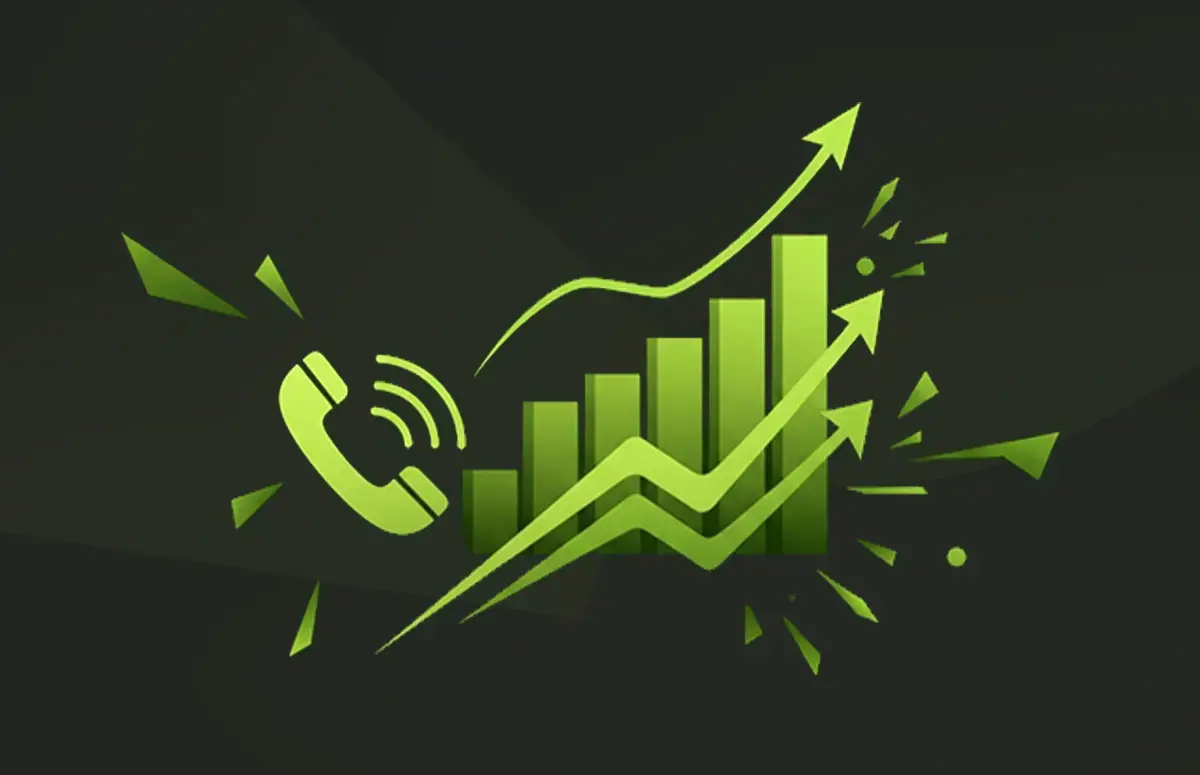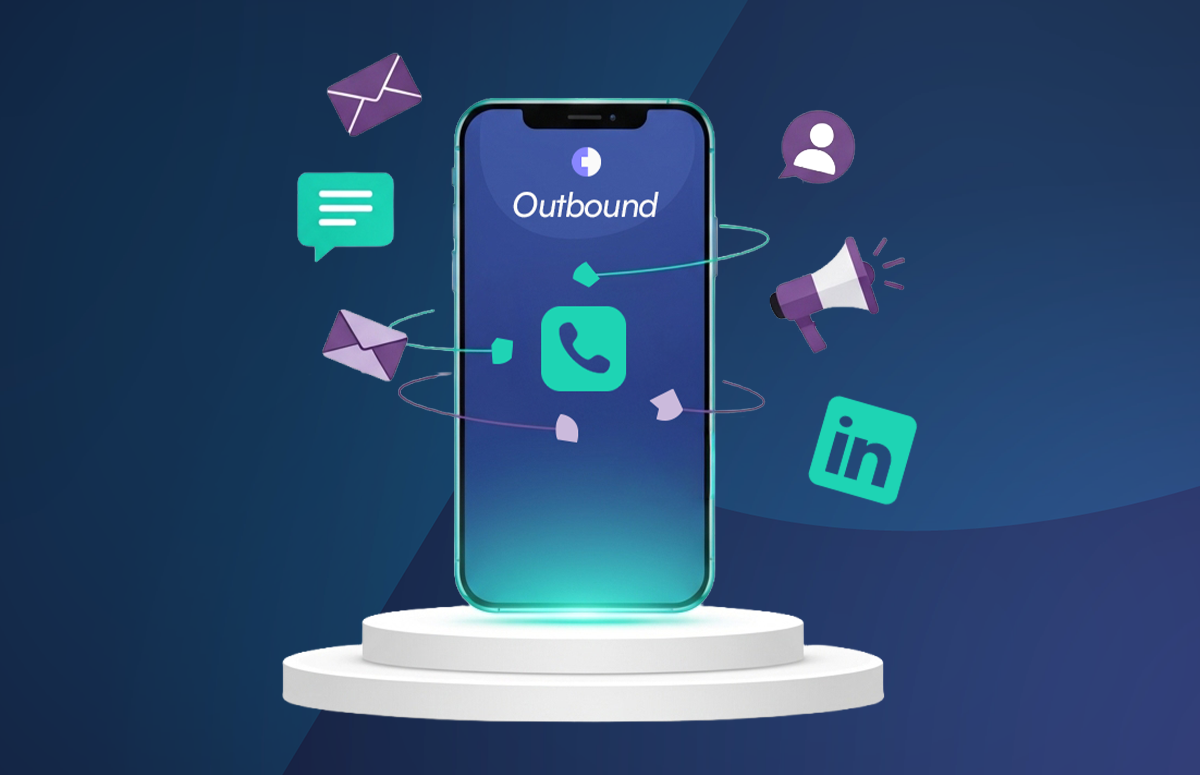SDR Manager: A Week in the Life
Who are your eyes and ears at the top of the B2B sales funnel?
If you said anything other than your SDR Managers…
You’d be wrong.
They must ensure there are enough leads in your pipeline to hit target.
But there’s a lot more to the role than that.
We chatted with our Global Inbound Manager, Hugh Campbell, to learn more about his role and get the tips you’ll need to succeed in B2B sales.
Let’s explore what an SDR manager does! 👇
What is an SDR manager?
A Sales Development Manager oversees the sales development team within a company and has responsibilities beyond just supervision.
This sales management role is crucial to the growth and success of a company’s sales efforts.
While the primary responsibility is overseeing the sales development team, this position encompasses a wide range of duties that extend beyond mere supervision.
These include coaching and mentorship, performance tracking and cross-department collaboration, to name a few.
What does an SDR manager do?
To be a successful SDR Manager, you need a routine, but you also need to be flexible with your time.
Here’s what a typical week for a sales development representative manager looks like, according to Hugh:
"I start the week off with our 1-2-1 sessions."
"I like to get all of these sessions done on a Monday and by lunchtime on a Tuesday at the latest. This allows everyone to be set with their action plan for the week."
In those sessions, Hugh reviews sales productivity and performance, covering:
- What’s going well.
- What needs to be worked on.
- An activity plan for the week.
Hugh sticks to Tuesday lunchtime as a hard deadline to give his sales development representatives the week to complete their tasks and improve where they need to.
He also likes to ensure that each week includes:
1. Additional training sessions with SDRs
Here, Hugh goes over call reviews and conducts role-play sessions with each team member.
"I usually spread this over a Tuesday afternoon and a Wednesday just to sharpen their tools and to make sure that they’re doing things correctly."
2. Group call reviews and training sessions
Hugh explains how this works:
"The group call reviews take place on a Wednesday and the training on a Thursday. These are both key in supporting everyone on the team."
3. Other things to expect in the week
Other typical SDR Manager responsibilities are:
- Interviewing potential new hires.
- Solving problems and issues.
- Reviewing analytics of individual SDRs - assessing why they’re struggling and how you can help them.
- Ad hoc tasks.
4. Core responsibilities of the role
The fundamental part of the SDR Manager role is to help your team hit the sales goals they’re given.
Everything you do must be focused on hitting your monthly target.
Hugh suggests tracking this target daily and reporting to your line manager at least once a week on your progress toward it.
You’ll also likely have a weekly catch-up with your VP of Sales to go through any new changes.
Another big part of the SDR Manager’s job description?
"Making sure everyone’s happy and enjoying their jobs. You’ve got to be conscious of whether people in your team need support and then provide it."
"You’ve also got to remove any blockers that are preventing your reps from doing their job."
"Whether that’s a knowledge gap, a tech issue with their emails or Salesforce - whatever it may be, you’ve got to ensure that you remove those blockers so that they can do their jobs to the best of their ability."
But you must be on top of your own work if you want to help your team.
How do you ensure that?
By learning 👇
How should you manage your time as an SDR manager?
Hugh dives right into this:
"Prioritisation is a big one. Judge the level of importance of your tasks and prioritise them accordingly."
"Stay focused on one task at a time so that you can get it done as quickly as possible and then move on to the next thing you need to do."
You’ll want to be strict with blocking time out in your calendar and avoid being reactive.
Why?
Hugh explains:
"I used to be pretty reactive. I’d be busy working on something and someone would Slack me, and I’d stop what I’m doing and help them. You mean well, but the reality is that it leaves you getting nothing done."
A great way to navigate this is to let your rep know that you’re not free at the moment. Propose an alternative time on the same day when you’ll be able to help.
Remember, if you want to help your B2B sales team, your time management needs to be on top form.
And you’ll want to get your eyes on these, too 👇
What are the best SDR management tips?
1. Keep motivation high
The major challenge an SDR Manager faces is keeping your sales team motivated.
Hugh elaborates on this:
"It’s the biggest challenge you’ll face, especially in the hybrid working environment. You’ve got to manage different personalities and then trigger in them what’s going to get the most out of them, which can be really hard."
"Whether that’s money, being competitive, target-driven - whatever it may be, you’ve got to adapt your incentives to motivate your team members are individuals."
"And, the nature of B2B sales is a lot of change, so you really need to keep up with that and be as adaptive as possible to people. You learn this as you go, and it does get easier."
The focus here should be on keeping your reps happy and incentivising them to do well.
2. Dedicate time to your reps
Prioritisation will come into play here again.
Why?
Because in an SDR Manager role, you need to know who needs your help most urgently.
Hugh explains:
"In your team, you’re going to have people who need more support than others, and it’s hard to give everyone the time they require."
"So, you’ve got to find a balance in helping those who are struggling, and enabling your top performers."
You’ll be juggling your time between eleven to twelve different people. Make sure you’re spending it wisely, with the end goal of exceeding target.
3. Measure SDR performance on quantity and quality
If your reps aren’t booking enough meetings or are struggling in a specific month, there are three things you’ll want to look at to help them get back on track.
- The quantity of their outreach - how much activity they’re doing.
- The quality of their prospects - who they’re targeting (the types of personas).
- The quality of their outreach - how good or poor their emails and cold calls are.
Hugh said:
"When you review these three things, you’re always going to find a gap. The goal is to then strengthen and bridge that gap, with the aim of improving reps' performance."
"You’ll identify this by looking through the analytics - the Gong reports, Salesforce, etc. on an individual basis."
4. Keep your reps accountable
Everyone takes their foot off the gas at some point.
That’s why Hugh reminds us to stay on top of people.
"When your reps are in a lull, the SDR Manager's job is to motivate them to pick things back up."
"Not in an overbearing way, but by encouraging them to keep going and to get the job done with a ‘come on, let’s make sure we get there.'"
"It’s up to you to keep your reps accountable. You’ve got to set lead generation KPIs and make sure that they’re hitting them day-in and day-out."
5. Use the best sales tools
Technology is one of the quickest shortcuts for SDR managers.
But with so many sales tools out there, which ones can you trust?
Hugh’s go-tos are Cognism, Outlook, Salesforce, and Gong.
"These are the reports you’ll want to be focusing on. You’ll want to look at analytics, activity metrics, and call recordings and transcripts on Gong."
"If you’ve got a better understanding of why your reps are struggling from these analytics, you can help them."
"If they’re still struggling after that, offer them a few days off to recharge, rather than just cracking the whip. You can try again when they’re back and refreshed."
Enjoyed Hugh’s insights? We have even more great resources for SDR managers.
Browse on over to Cognism’s SDR Zone - all of our sales development content for reps and managers, in one place!

/Cold%20calling%20strategy/cold-calling-strategy-card.webp)

